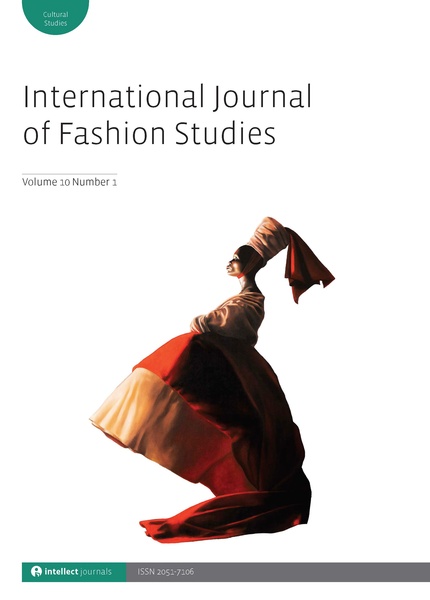
Full text loading...

This article takes its departure in a study of eight immigrant women and their wardrobes in the period of autumn 2017–spring 2018. The study was conducted in the Danish municipality of Kolding as part of the initial steps in the research programme THREAD – a 33-month innovation project about integration through textile skills hosted by the Centre for Textiles Research in Copenhagen. The study should be perceived as part of a design anthropological investigation consisting of multiple approaches, with the purpose of developing opportunities for job creation and self-employment of immigrant women in the Danish fashion and textile sector. Methodologically, it is based on the so-called ‘wardrobe method’, which means that clothing objects stored in the homes of respondents form the material base of the study around which issues of integration, modesty, appropriateness, change, memory, aspirations, dreams, etc. are negotiated on a daily basis. The article further showcases examples of how the insights were pooled together with other explorative activities and later brought into play in the three E’s of THREAD – empowerment, employment and entrepreneurship.

Article metrics loading...

Full text loading...
References


Data & Media loading...

Publication Date:
https://doi.org/10.1386/infs_00023_1 Published content will be available immediately after check-out or when it is released in case of a pre-order. Please make sure to be logged in to see all available purchase options.